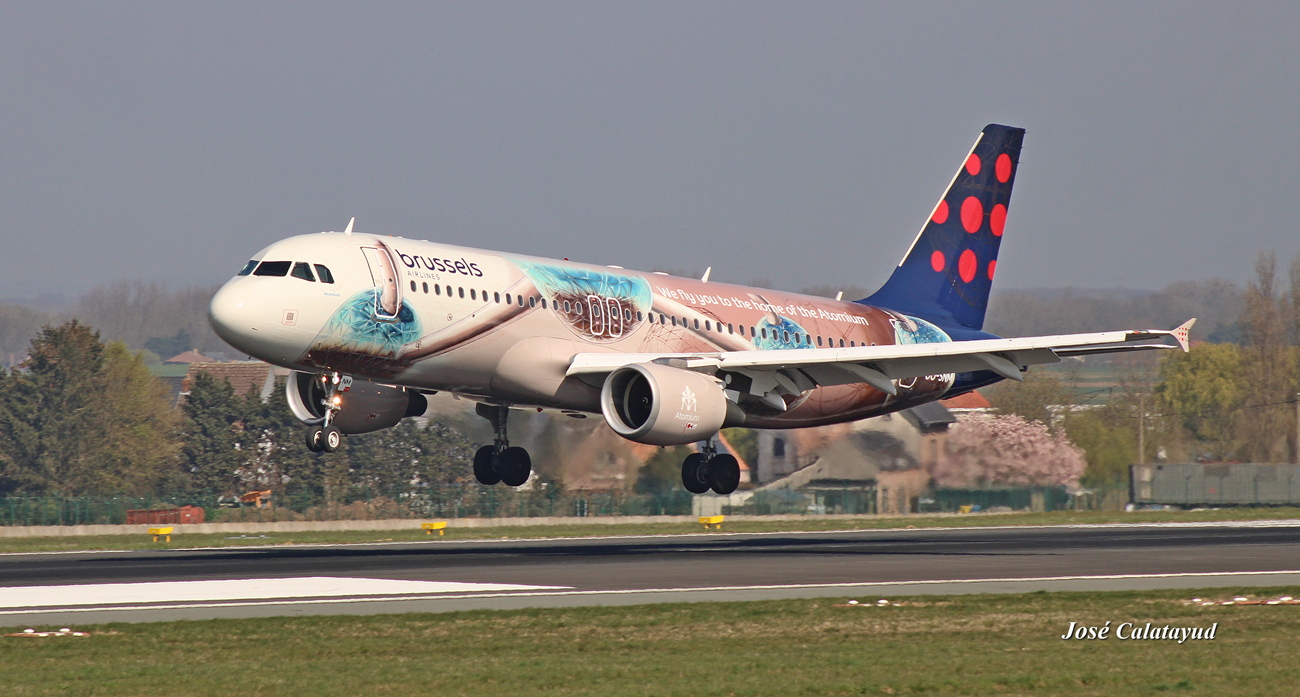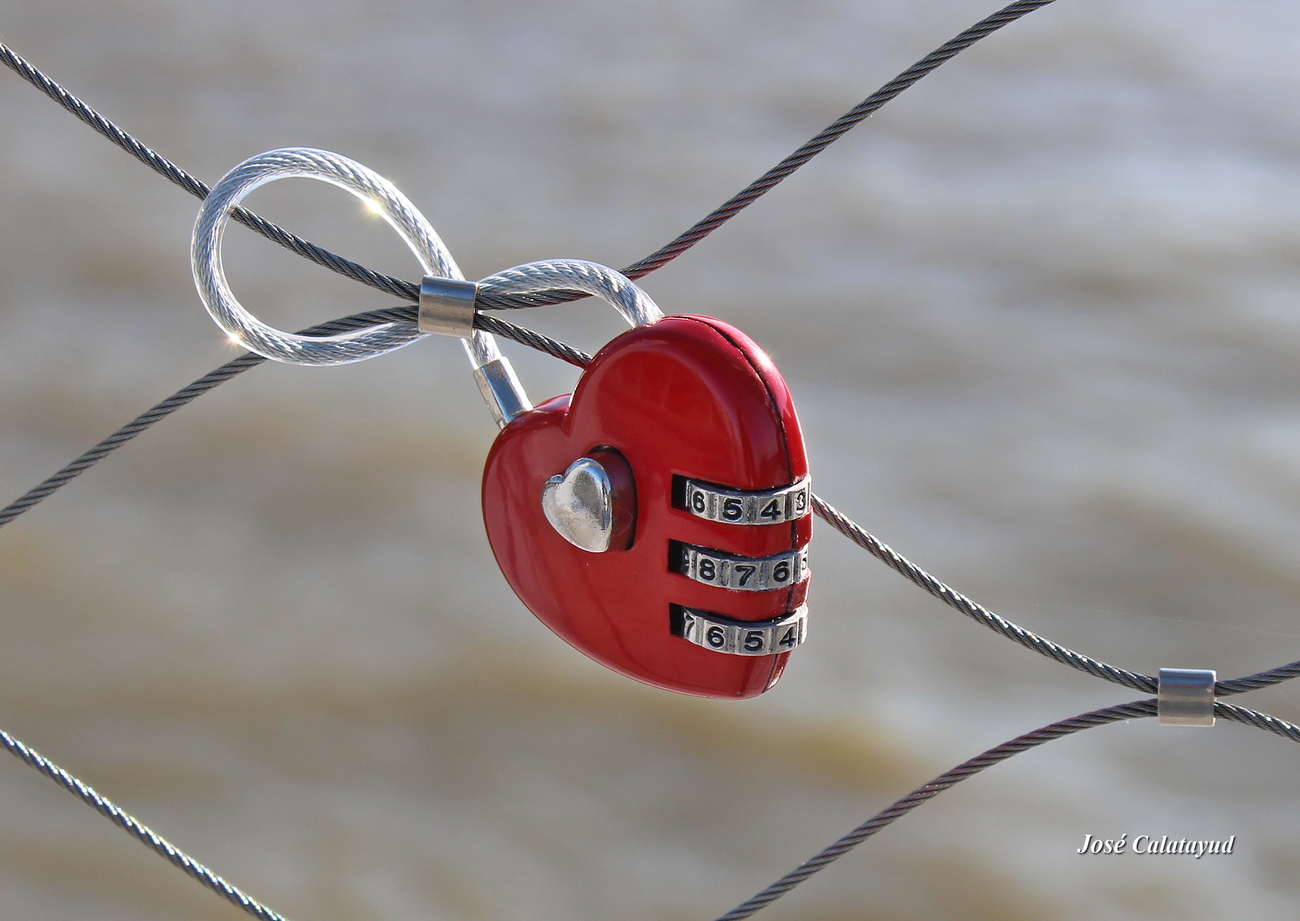Brussels Airlines has created a special series of ‘Belgian Icons’ liveries for some of its aircraft, celebrating Belgian culture (such as Tintin, Magritte, the Red Devils, Tomorrowland, etc.).
The Atomium livery pays tribute to the Atomium in Brussels, an iconic monument built for Expo 58. The livery features a large image of the Atomium on the tail fin and rear fuselage, with its interconnected metal spheres. It incorporates metallic effects and a silver-grey design to replicate the texture of the Atomium. It reads “brussels airlines – we fly you to the home of the Atomium”. It has an elegant and futuristic look, in keeping with the unique architecture of the Atomium. The decorated aircraft is an Airbus A320. The registration number of the first aircraft to carry this livery was OO-SNB, but this registration number initially carried the Tintin livery (‘Rackham’). The current Airbus aircraft sporting the Atomium livery is the OO-SNC (registered in 2016). It mainly operates European flights.




 English
English  Español
Español  Français
Français